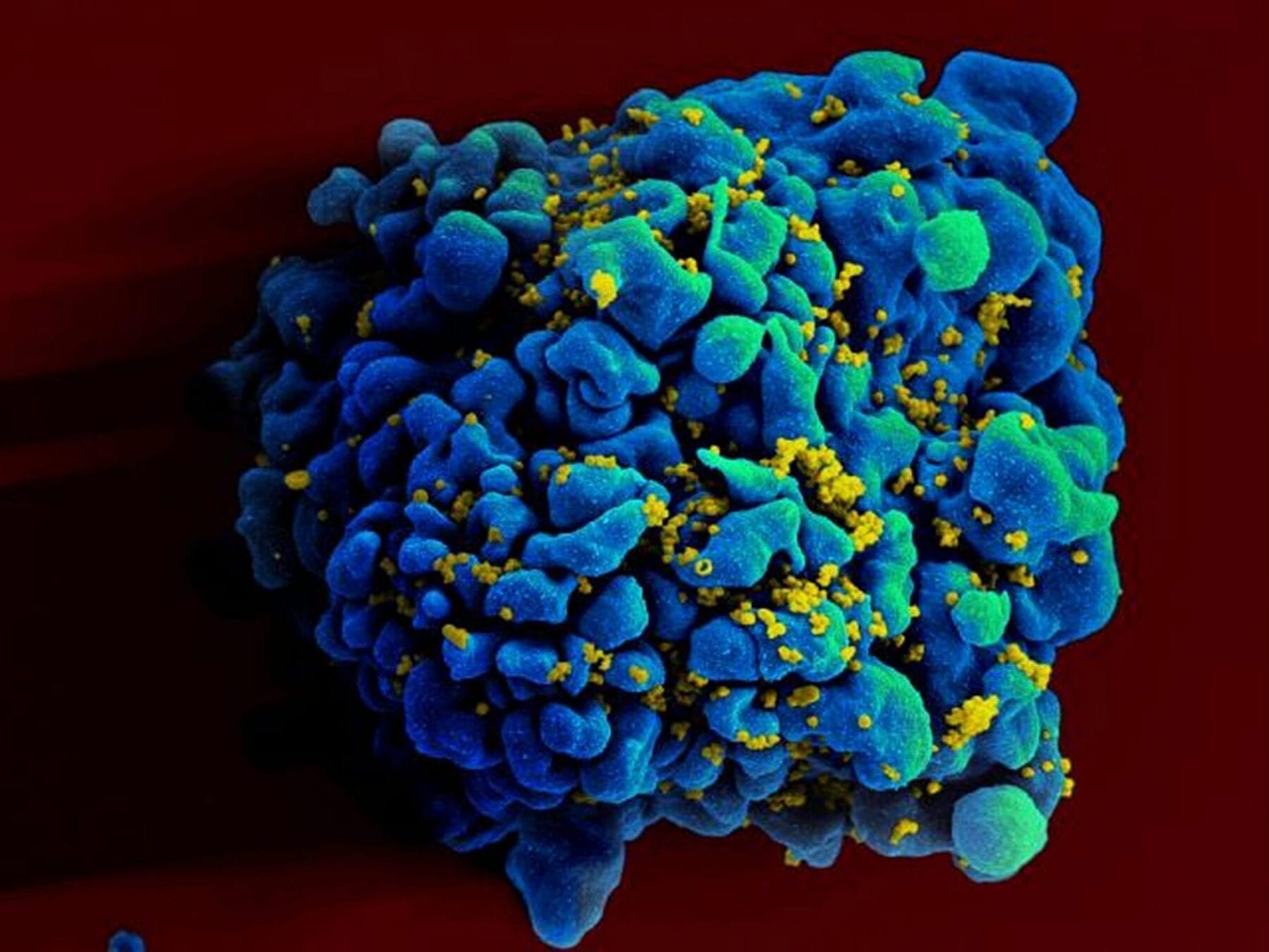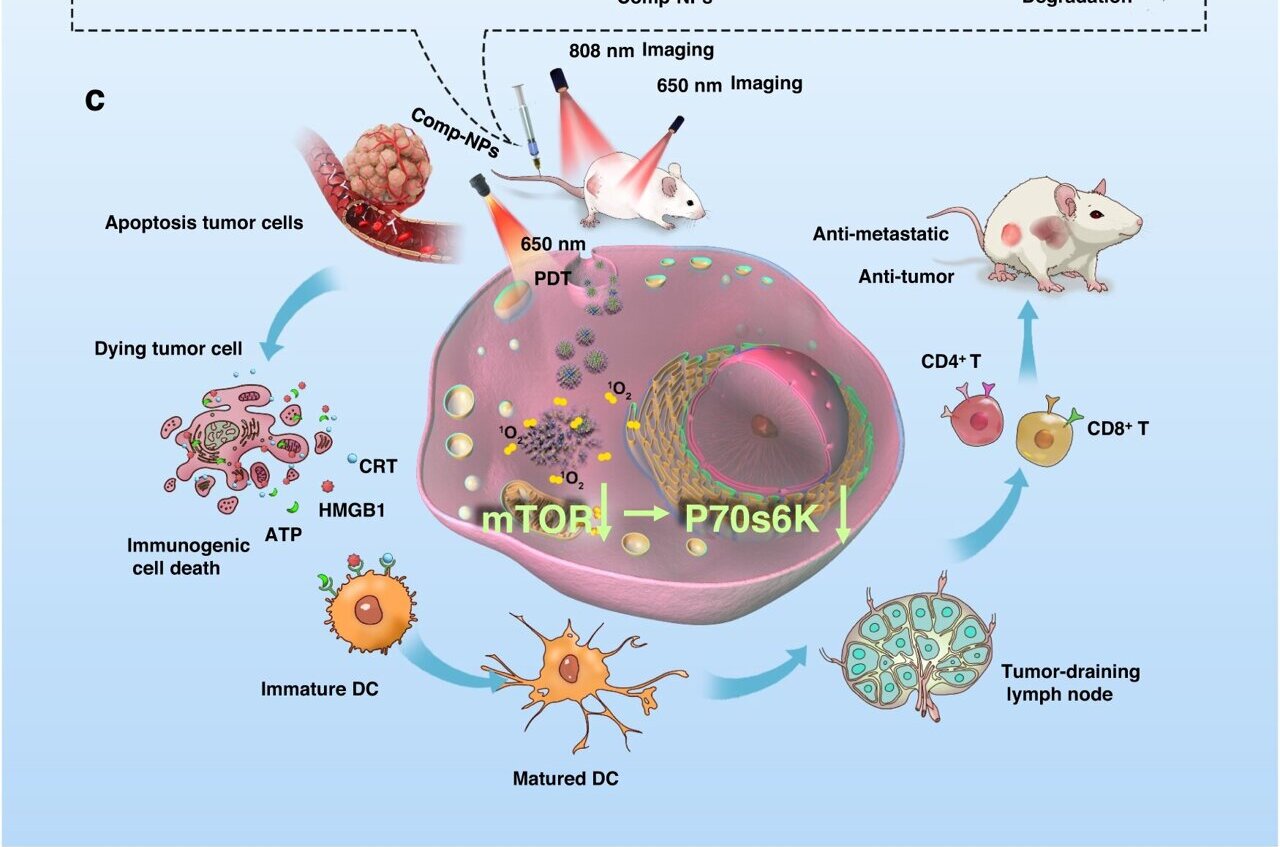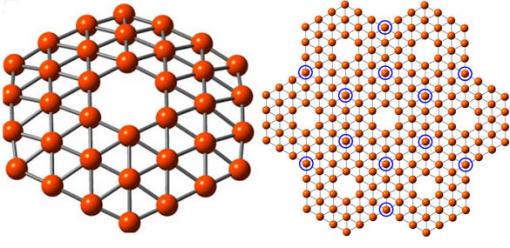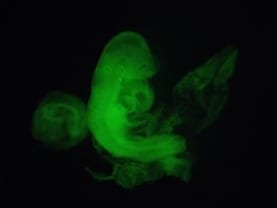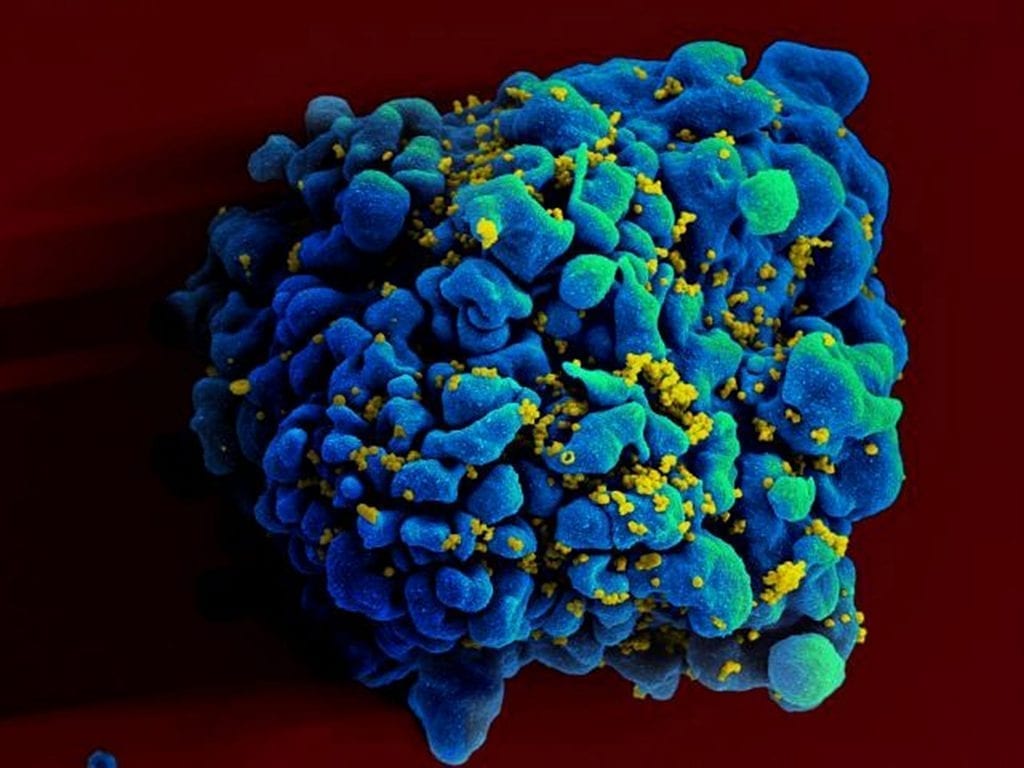
Given that the function of this product is the inactivation of the virus, although this is a vaginal cream, will also protect the sexual partner.
The product has proven efficiency in lab tests, although clinical trials are yet to be performed.
After discovering that silver nanoparticles are capable of blocking the entry of Human Immunodeficiency Virus (HIV) into the organism, a group of researchers from the University of Texas, in collaboration with Humberto Lara Villegas, specialist in nanoparticles and virology from the University of Monterrey, Mexico (UDEM), create a vaginal cream to control the transmition of the virus.
Lara Villegas explained that HIV makes its entry to immune cells (CD4) of the organism with the aid of a protein known as GP120, which allows the virus adherence to the cells. This same principle is used by silver nanoparticles to attach themselves to this protein and block it, turning the virus inactive.
The Mexican researcher informed that the cream has been tested in samples of human tissue and has proven the efficiency of silver nanoparticles to avoid the transmition of the virus through cervical mucous membrane.
The researcher from UDEM, who has worked in Israel and The United States, assured that after applied, the cream starts to work in less than a minute, and has an effective protection of up to 72 hours.
Given that the function of this product is the inactivation of the virus, although this is a vaginal cream, will also protect the sexual partner.
“Normally – he highlighted-, the medication used against the virus act within the cell to avoid its replication. This is a very different case, given that the nanoparticle goes directly against the HIV and no longer allows its entry to the cell”.
So far, no toxicity of the silver nanoparticles has been reported, although he added that research is yet to be performed to evaluate the possible side effects of silver properties.
“Right now, I am certain that this microbicide is going to avoid the virus entering the organism, but I cannot yet assure that is totally harmless, because the clinical trials are a long and expensive process”, the researched added.
He exposed that the use of gels are usually accompanied by irritation, which favors the entry of the virus, which is why the cream was enriched with an anti-inflammatory effect.
Currently, with the obtained results, researchers will proceed to perform experimentation in mice that accept human cells, to later begin with human clinical trials.
He added that this cream could prevent the transmition of other sexually acquired virus like the Human Papilloma Virus (HPV). Likewise, he considered that silver nanoparticles could be used to combat bacteria transmitted the same way.
The Latest on: Silver nanoparticles
[google_news title=”” keyword=”Silver nanoparticles” num_posts=”10″ blurb_length=”0″ show_thumb=”left”]
via Google News
The Latest on: Silver nanoparticles
- Solving A 400-Year-Old Alchemical Enigma: The Mystery Behind Purple Gold Explosions?on April 26, 2024 at 4:01 am
After all, it’s only now, after 400 years of advancements in chemistry and physics, that we’ve finally solved the mystery of how they were creating purple explosions all those years ago. Fulminating ...
- TMU Biology Students Earn Recognition at Annual Research Conferenceon April 25, 2024 at 12:35 pm
Earlier this month, a team of biology students at The Master’s University won a distinguished award at one of the oldest intercollegiate research conferences in the country.
- World's thinnest gold leaf, dubbed 'goldene,' is just 1 atom thickon April 25, 2024 at 12:22 pm
Goldene is the latest 2D material to be made since graphene was first created in 2004. Scientists have created the world's thinnest gold leaf, which is just a single atom thick. The new material, ...
- New sustainable diagnostic approach offers precision cancer testing with minimal environmental impacton April 24, 2024 at 3:51 am
In a recent study in Nature Sustainability, researchers describe a diagnostic approach that combines dried sera spots (DSS) with nanoparticle-enhanced laser desorption and ionization mass ...
- Pomegranate power: Unlocking sustainable antimicrobial solutions from peelson April 19, 2024 at 11:05 am
Pomegranates, known for their rich phenolic content, have been explored for their potential as natural antimicrobials. The research focuses on the peel, which contains a high concentration of these ...
- Wrap-Up of Federal and State Chemical Regulatory Developments, April 2024on April 18, 2024 at 5:00 pm
The webinar covered recent advances and current challenges in the synthesis, characterization, and application of nanoparticles in electronics. ARS Researchers Discover Ability Of Cotton Gin Waste To ...
- Metal Nanoparticles Market Size 2024 Global Comprehensive Growth, Research Statistics, Business Strategy, Regional Forecast to 2024 to 2032on April 18, 2024 at 2:41 pm
Request To Download Free Sample of This Strategic Report @- https://reportocean.com/industry-verticals/sample-request?report_id=bw5337 ...
- Riding the tech express: Tomorrow’s industries that are driving industrial demand for silveron April 18, 2024 at 12:40 pm
Silver demand is rising and industry players expect this buoyancy to continue through existing explorers and developers on the ASX. ... Read More The post Riding the tech express: Tomorrow’s ...
- Retired Professor Continues to Mentor Aspiring TMU Scientistson April 18, 2024 at 11:59 am
For aspiring scientists at The Master’s University, taking up a student research project is no small commitment.
- Silver-based micromotors that eliminate bacteria can move freely in aqueous mediaon April 17, 2024 at 1:00 am
Researchers at ICIQ in Tarragona have developed a simple technique to produce microscopic crystals that activate in the presence of light, releasing silver ions with antimicrobial activity.
via Bing News







